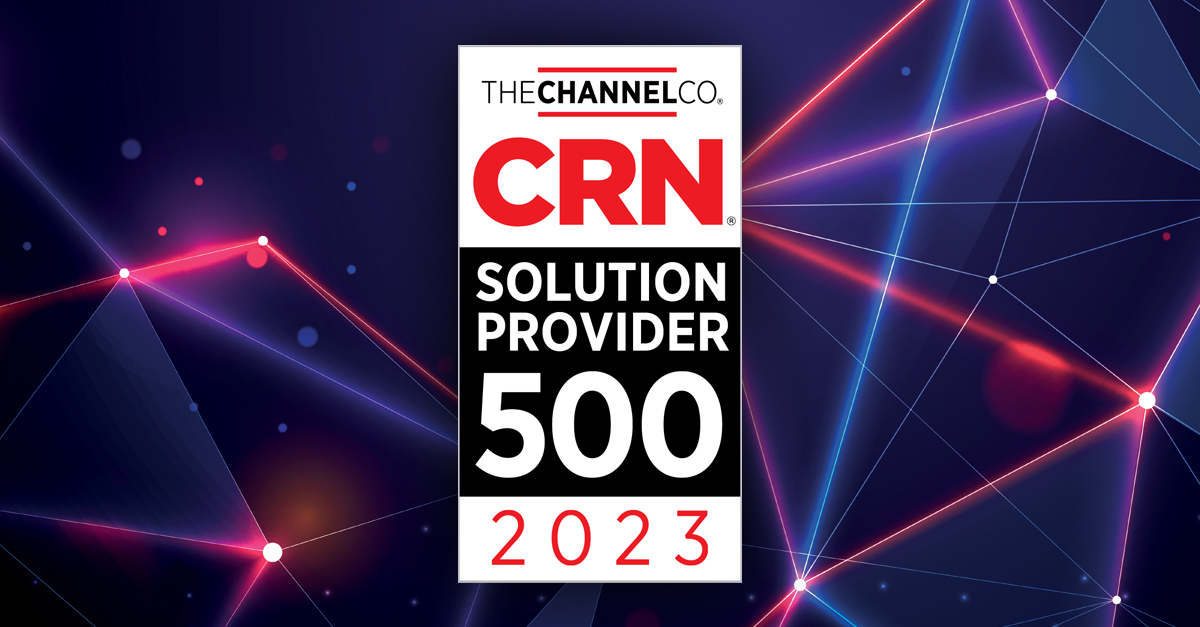Hyperconverged infrastructures are becoming an increasingly popular solution for organizations looking to modernize their IT systems.
Hyperconvergence integrates computing, storage and networking into a single software-defined system that is easy to manage and scale. This offers many advantages over so-called traditional architectures, such as agility, scalability and cost savings.
Sanity’s team of certified architects has the experience, expertise and relationships to help enterprises design, implement, and manage hyperconverged solutions that are tailored to their needs around cost, management and performance.
Our hyperconverged infrastructure combines enterprise-grade hardware with an all-inclusive software suite to provide a secure, reliable and cost-effective way to deploy and manage IT resources.
What is Hyperconverged Infrastructure?
Hyperconverged Infrastructure (HCI) is a solution that integrates compute and storage resources into a single hyperconverged node or cluster. HCI consolidates the hardware of multiple servers, storage, and networking equipment into one box.
This improves scalability while reducing complexity, making it easier to manage and maintain data centers. Sanity delivers hyperconverged solutions that are pre-configured, hypervisor agnostic, and can be deployed in a matter of minutes.
HCI also helps enterprises save money on upfront investments as the cost of hardware required to build the hyperconverged infrastructure is much lower than buying and setting up all parts separately.
Benefits of hyperconverged infrastructure
Hyperconvergence simplifies IT components into a single system that can be managed in a unified way. As a result, organizations are able to manage their hyperconverged infrastructure more easily. It also allows for:
- Better scalability. Hyperconvergence enables organizations to easily scale up their IT resources both vertically and horizontally as their needs change.
- Data protection. Hyperconverged systems provide the ability to back up data and replicate it across different hyperconverged nodes for disaster recovery.
- Improved cost savings. Hyperconverged infrastructures can reduce the overall cost of IT by providing a pre-integrated solution that eliminates the need for complex hardware and software integration.
Interested in seeing if hyperconverged infrastructure can benefit your business?
Sanity’s team of certified architects has the expertise to help you design, implement, and manage hyperconverged solutions tailored to your organization’s needs. Contact us today to learn more.
-
HCI can integrate with existing systems, allowing for a gradual transition without having to completely overhaul your IT infrastructure. This makes hyperconvergence ideal for organizations that have multiple applications and different hardware platforms.
-
The TCO of hyperconverged solutions depends on the size and complexity of your environment. However, hyperconverged solutions can potentially save money by eliminating the need to buy additional storage and compute resources separately, as well as reducing operational costs associated with maintenance and management.
-
Yes, hyperconvergence adds an extra layer of security by consolidating resources into a single system. This makes it easier to detect anomalies in the network and take appropriate action accordingly. Additionally, hyperconvergence simplifies the patching process for critical security updates.
-
Converged infrastructure and hyperconverged infrastructure share many similarities, but there are some key differences.
In converged infrastructure, hardware components such as compute, storage and networking devices remain distinct. This means that each component is managed independently and can be upgraded separately.
In hyperconvergence, all of these components are integrated into a single hyperconverged node or cluster. This allows for a more unified management approach, making it easier to scale and upgrade the infrastructure.
From the Cutting Edge








